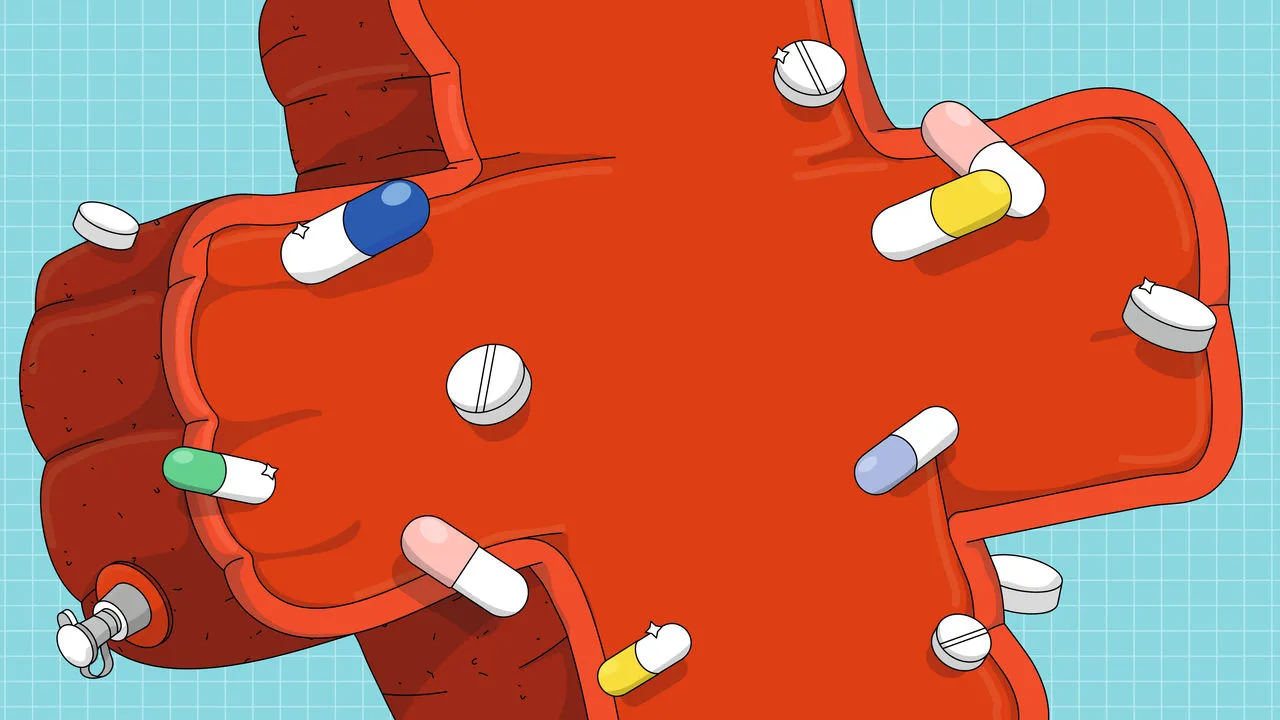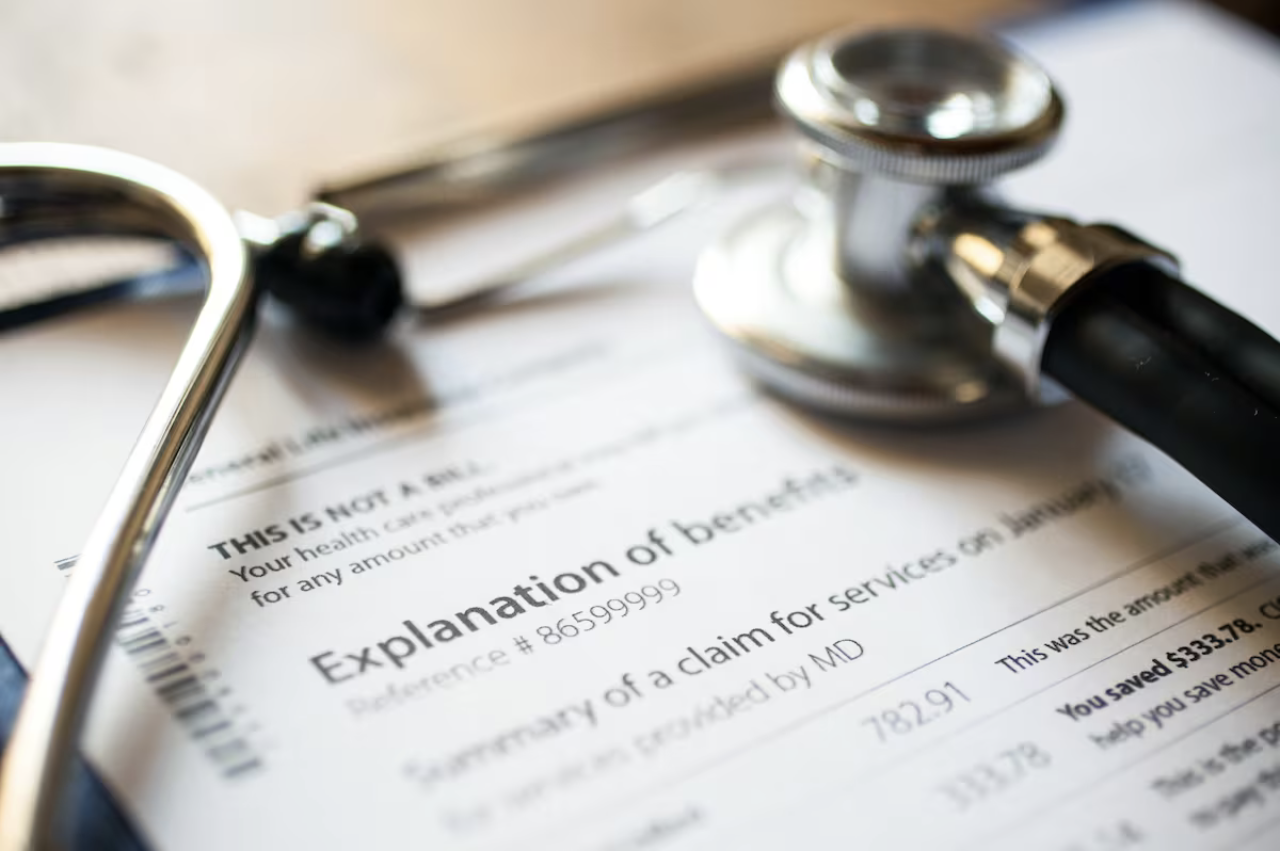Bridget Morlan called the number on her first-ever dental insurance card and held her breath. After more than 30 years of dealing with broken teeth, gum infections and toothaches that landed her in the emergency room dozens of times, the Baltimore woman hoped the new coverage would make everything better.
“I’m wishing for a miracle,” said Morlan, 53, whose teeth were badly damaged years ago by an abusive boyfriend and subsequent lack of care.
Maryland is one of just 15 states that does not cover dental care for adults on Medicaid, the government health insurance program for low-income people. But now the state has launched a pilot program to cover a small number of them — those with limited incomes who are also disabled. About 33,000 are eligible for the Adult Dental Pilot Program, the first time in nearly 50 years that some adults on Medicaid in Maryland will have basic dental coverage.
Those eligible represent less than 3% of the roughly 1.4 million adults on Medicaid in Maryland — and the pilot actually doesn’t have enough money should everyone eligible seek dental care.
The program offers preventive, diagnostic and restorative services. In practical terms, dentists said, a year’s care might include two oral exams, two cleanings, and up to five cavity fillings or tooth extractions.
The coverage will pay for removing teeth, but not replacing them.
“We would’ve wanted a more expansive package,” said Mary Backley, executive director of the Maryland Dental Action Coalition, which spearheaded legislative support for the program. “But we recognize that this is an important step.”
Dr. Louis DePaola, associate dean at the University of Maryland’s School of Dentistry, echoed Backley, calling the program “a first step” for people who don’t have dental care.
The program is driven by the huge need — as well as a desire to cut costs, because the Medicaid program spends millions when these patients resort to the emergency room for dental problems.
“Forget about the pain: As a society we’re going to save money,” said Dr. Tom Ritter, who is among local dentists who have offered free care to the homeless at the annual Project Homeless Connect event in Baltimore.
When asked by the General Assembly to study the cost, DentaQuest Institute, a nonprofit research group, found there were more than 42,000 visits to emergency rooms in Maryland for dental problems in 2016, at a cost of $22 million. Medicaid paid for more than half of those visits, at a cost of nearly $10 million.
A majority of those patients returned to the emergency room with a similar dental complaint within 15 days, the study found. Such emergency room visits cost on average $537 each, it said.
“Emergency rooms are overwhelmed by the people coming in for a toothache,” DePaola said.
Lack of access to dental care for poor Americans is a long-running problem, despite the recognition of its effect on overall health. Almost 20 years ago, the U.S. Surgeon General declared oral disease a “silent epidemic” and linked poor oral health to other health problems such as diabetes, cardiovascular disease and adverse pregnancy outcomes. If not treated, tooth infections can even lead to death.
In Maryland, from 2013 to 2016, 15 people died in the hospital after being admitted with severe oral health conditions, according to the DentaQuest study. The state moved to offer dental care for children on Medicaid after the death in 2007 of Deamonte Driver, a 12-year-old Prince George’s County boy who died when the infection from an untreated tooth abscess spread to his brain.
“We shouldn’t see people dying from dental issues,” said Dr. Greg Allen, president of the Maryland State Dental Association.
As of 2014, the DentaQuest study found the rate of emergency room visits due to dental problems was 40% higher in Maryland than the national rate.
Locally, Baltimore City had one of the highest rates among the state’s jurisdictions for emergency room visits for oral health problems, the study found. At the University of Maryland Medical Center Midtown, for instance, at least 150 people went to the emergency room for oral health issues from July 2018 to June 2019, according to the hospital.
Dr. Amit Chandra, emergency chief at the midtown campus, said complaints range from an underlying cavity to facial abscess. But he said most of these conditions would be preventable if patients had access to routine dental care.
Dana Sheppard, 62, lost her job and dental benefits many years ago, when her multiple sclerosis became too debilitating. Since then, the anti-seizure medicine she takes has caused decay in her once-beautiful teeth. Regular dental visits would have helped control the side effects of her medicine, dentists said.
When she lost her front teeth, she stopped going to church because she was so embarrassed. Out of 32 teeth, Sheppard now has just 10 left.
“I feel like a jack-o’-lantern,” she said. “The ones I have left are not gonna last unless I get help.”
Because she wasn’t able to chew properly, she said, she wound up on a feeding tube for a time.
In the past six years, Sheppard said, she went to the emergency room at Saint Agnes Hospital at least 10 times when tooth pain became unbearable. She hopes her new dental coverage will prevent such visits.
Emergency departments are equipped only to provide antibiotics or pain medicine to subdue the toothache.
“We just aren’t trained to do a number of procedures, things like filling a cavity or typically extractions,” Chandra said.
Having a dental benefit in Maryland’s Medicaid program isn’t a new concept. Maryland offered comprehensive dental coverage to adults on Medicaid until 1976, when state lawmakers decided it cost too much money and cut all services except emergency care.
The Maryland Department of Health dispensed $825,000 in grants last year to hospitals and organizations to provide some dental care for low-income people. The budget for the Adult Dental Pilot Program in its first year is $4.2 million, with half coming from the federal government. If every poor, disabled person eligible for the coverage used the maximum benefit, it would cost more than five times the money being allotted — about $26 million, according to state budget estimates.
“After the first year, based on the numbers, we will revisit the funding if need be,” said Dennis Schrader, the health department’s chief operating officer.
State officials say they are using the money available, as allocated in the state budget by the governor and the legislature. They don’t anticipate that everyone who is eligible will wind up seeking services through the program, said Deidre McCabe, a spokeswoman for the state health department.
Medicaid recipients can be hard to reach, advocates and state officials say. Other pressing medical problems, lack of transportation and offices without wheelchair access can prevent these patients from making a first appointment, according to Backley, of the dental action group. She said some people received the welcome packet for the pilot program but thought it was junk and threw it out.
Once state officials see how many of the eligible patients use the program, they’ll assess whether it’s having an impact on overall health, Schrader said.
Both advocates and state officials are trying to identify and address barriers to participation early on. The health department hosted webinars for dentists to learn about the pilot program and how to become a provider. Advocacy groups have set up an advisory committee to provide feedback to the state from dentists on the ground.
In the meantime, critics say the program has a big gap: Unlike most other states, it doesn’t cover root canals or dentures. Those are crucial procedures for people with long-neglected teeth. Replacing missing teeth can make the difference in someone being able to eat, smile and, if they’re sick, get better, dental experts said.
For Morlan, learning the program doesn’t cover dentures was heartbreaking.
“Why go halfway? What’s that gonna solve?” she said.
Even though she has struggled over the years to find a stable place to live, Morlan realized that fixing her teeth is a more urgent problem — because of the domino effect they’ve had on every aspect of her life. She’s developed a lisp. She can’t eat anything other than soft foods. She covers her mouth in embarrassment when she talks and feels many employers would turn her down because of her appearance.
Morlan said she took so much ibuprofen for her tooth pain that she eventually developed an ulcer.
For now, she is driving for Lyft to save money for dentures. With other sporadic medical issues, she doesn’t know when that’ll be.
As for Sheppard, she can’t wait to get the infected teeth out of her mouth. “It’s going to help me stay out of the ER,” she said.
But once those teeth are pulled, Sheppard will have at most seven left.
https://www.baltimoresun.com/health/bs-hs-maryland-dental-pilot-program-20190822-imqsqrels5gv3df6dqd2sr6tqe-story.html




